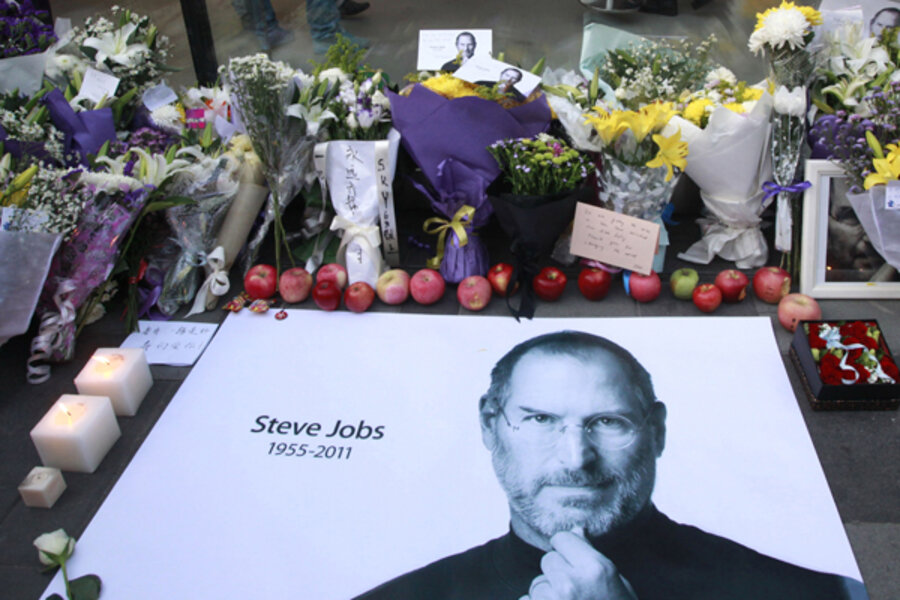John Maeda, as president of the Rhode Island School of Design (RISD), thinks a lot about design, just as Steve Jobs did. Maeda tweeted a link to his own 2009 article describing some keys to Apple's stunning success in product design. First on the list was Jobs’s focus on simplicity even in products that are far from simple on the inside. Another is that Jobs and his company appreciated the importance of software.
"The software that Apple creates has always given their gadgets a human element that we can connect with," Maeda said. At the same time, "Apple always understood that the platform on which the technology runs doesn't have to do too much. If it does less, others will make it do more."
Jobs wasn't an engineer by training, but he was interested in how things worked, and famously picky about each detail. Maeda argues that successful design must include the artistic side that Jobs also exemplified in his role as America's most visible purveyor of gadgets.
"Right now, our nation sees left-brain thinking, focused on logic and reasoning, as critical to future economic development," Maeda said in his 2009 article. "You can see it in the emphasis on the STEM (Science, Technology, Engineering, Math) subjects. What's missing from STEM is right brain thinking – embodied by what I call the key "IDEA" (Intuition, Design, Emotion, Art). We need both halves of the brain to work together and channel that brilliance through our hands and propagate ideas throughout our world."






